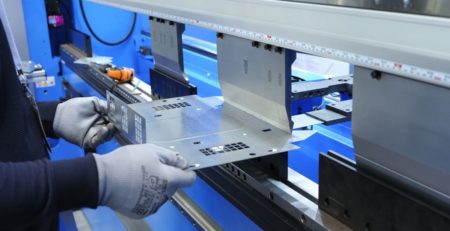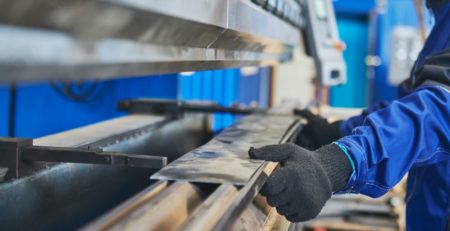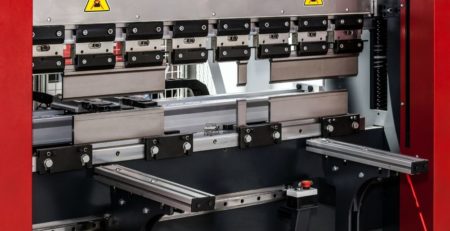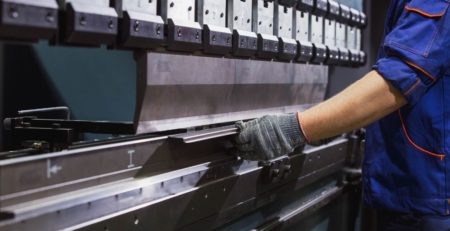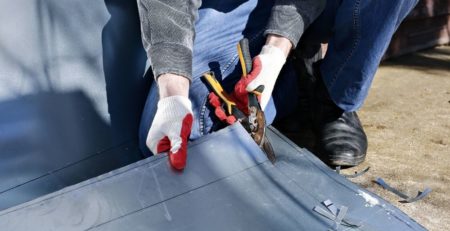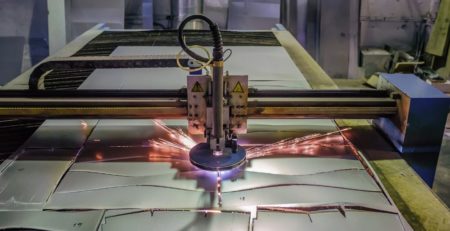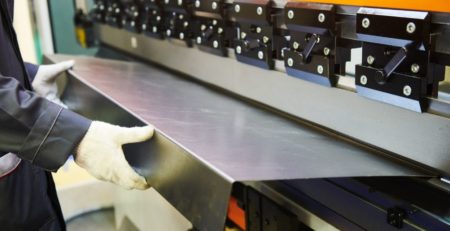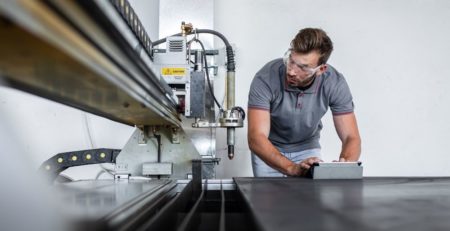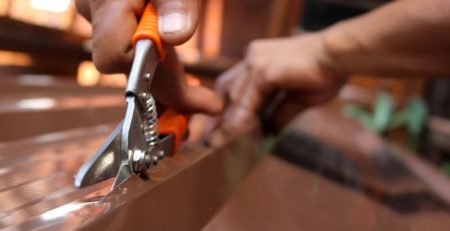How To Determine the Right-Size Press Brake for Your Needs
Metal fabrication shops work with types of machines to fabricate different metal parts for their customers. The most common type of equipment you will find in every shop is a press brake. There are numerous types, sizes, and capabilities, as each shop has different production needs. Here’s how to determine the right-size press brake for your needs.
What Material Are You Working With?
Metal fabrication shops work with various types of metal to bend parts to fit the customers’ job requirements. There are also various factors that need to be considered in producing an accurate final product. For example, capacity, material thickness, and length need to be taken into consideration, as you’ll need to take your individual requirements into account when selecting the right machine. It all depends on the size and strength of the press brake.
Some factors that need to be considered when selecting a press brake are:
- The radius of the parts
- The thickness of the material
- The material’s length
- The tensile strength of the metal
- The width of the V-die
Fabricators need to take all these factors into account to calculate the tonnage required for the different bending operations, and this tonnage will differ from machine to machine. For example, higher tonnage machines can bend thicker and harder metals, whereas lower tonnage machines are better for thinner metals.
These calculations are critical. Miscalculations may result in the inability of the machine to bend the part, ultimately damaging the metal and possibly the machine. These issues will arise if it is either too high or too low. For example, a tonnage that is too low could malfunction if it cannot bend a piece of metal. Similarly, if the tonnage is too high, the metal could bend too easily and potentially snap, or the press brake could end up damaged by not having enough resistance.
For example, some metals will require bending forces to stay underneath a certain threshold, like 80 tons. Other metals will require at least 150 tons to bend adequately. All these calculations need to occur before loading any metal onto the press brake, and you need to double-check them. Any single variable can drastically affect the amount of force you need, and there are also different press brake methods operators must account for. In addition, tonnages will vary if you are air bending or doing bottoming work.
What Size of Metal Are You Trying To Bend?
On top of calculating proper tonnage with your press brake, you must make sure your press brake is long enough to accommodate the specifications for the job. When selecting a press brake, it’s best to go 20 percent to 30 percent over what your maximum requirements are in order to make sure that you have the capacity to correctly manufacture your projects. Fab shops work with many types, thicknesses, and lengths of metal across various industries, which is why you need to take these requirements into account when selecting your machine.
You’ll need to assess your production needs carefully. The goal would be to get the shortest worktable and lowest tonnage possible while still being able to accurately complete your jobs. Another requirement to take into consideration is the complexity and accuracy of the bend. The more complex the bend, the more options need to be added to the equipment, such as additional backguage fingers.
Consider Deflection
Unfortunately, with larger machines, deflection occurs, which results in deformation of the metal. This results in the need for shimming. The bigger the press brake you get, the more likely it is to deflect in the bed and ram. Most press brakes found in metal fabrication shops are powered by hydraulic cylinders. These cylinders power the machine and support the side frames. This means that the power for the machine and the support are on both sides, not in the middle. Therefore, these deflections will occur farthest away from the hydraulic cylinders.
These deflections are natural, but they can cause issues and make consistent bend angles rarer, especially when bending larger pieces of metal. While bigger press brakes are necessary for taking care of longer pieces of metal, when they bend smaller pieces, you are more likely to find these deflections and end up with some variation in part quality. The material also plays a role in deflection as it changes the load requirement for the press brake, so take this into account as well.
The Tandem Press Brake
Do you have jobs that require bending longer lengths than traditional press brakes can typically handle? If the answer is yes, you may benefit from a tandem press brake. Tandem press brakes are essentially two machines in one, allowing you to bend longer materials. The tandem press brake can be operated as one machine or can operate independently as two machines. In times where longer jobs are not being produced, the tandem press brake can be utilized as two independent machines, doubling your throughput.
Here’s what to consider when selecting a tandem press brake:
- A common misconception of tandem press brakes is that tonnage is combined between the machines. This is false because each machine functions independently, and the tonnage is calculated accordingly. Refer to the user manual for tonnage considerations.
- Installation should be a consideration, as tandem press brakes are often more cost effective to install than individual machines.
- Consider downtime. Should one of the press brakes go down, you have the ability to keep up with production on the other machine.
The right-size press brake may be hard to determine, but it’s critical to evaluate your needs. Take your typical jobs, time, material, speed, accuracy, tooling, etc., into careful consideration. At Mac-Tech, we can help you find the press brake that fits your requirements.




